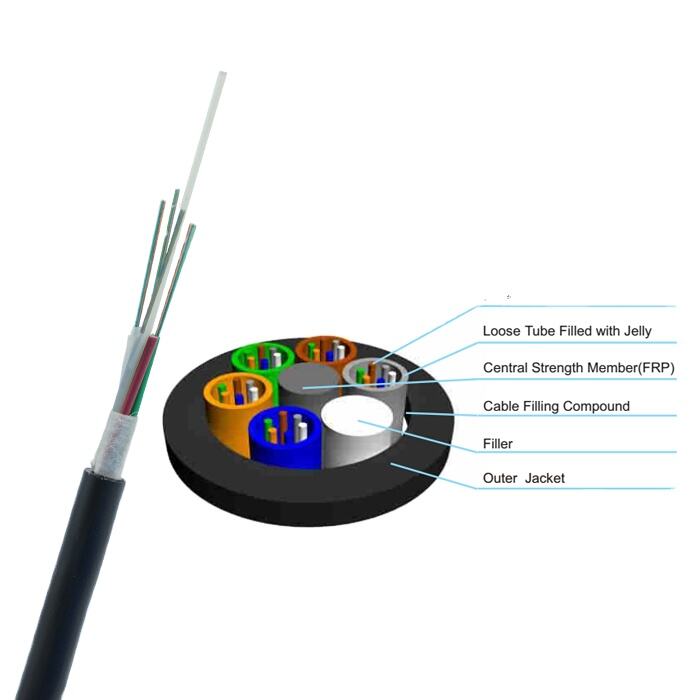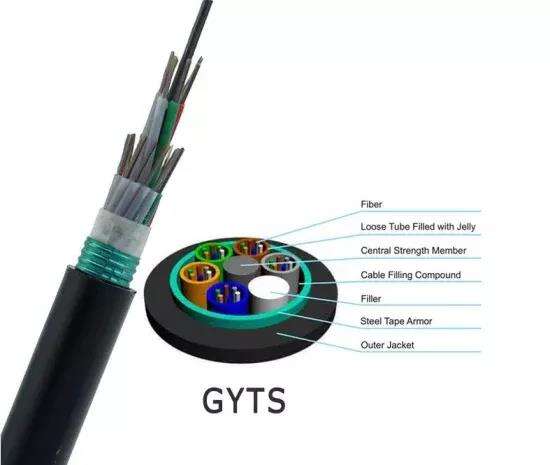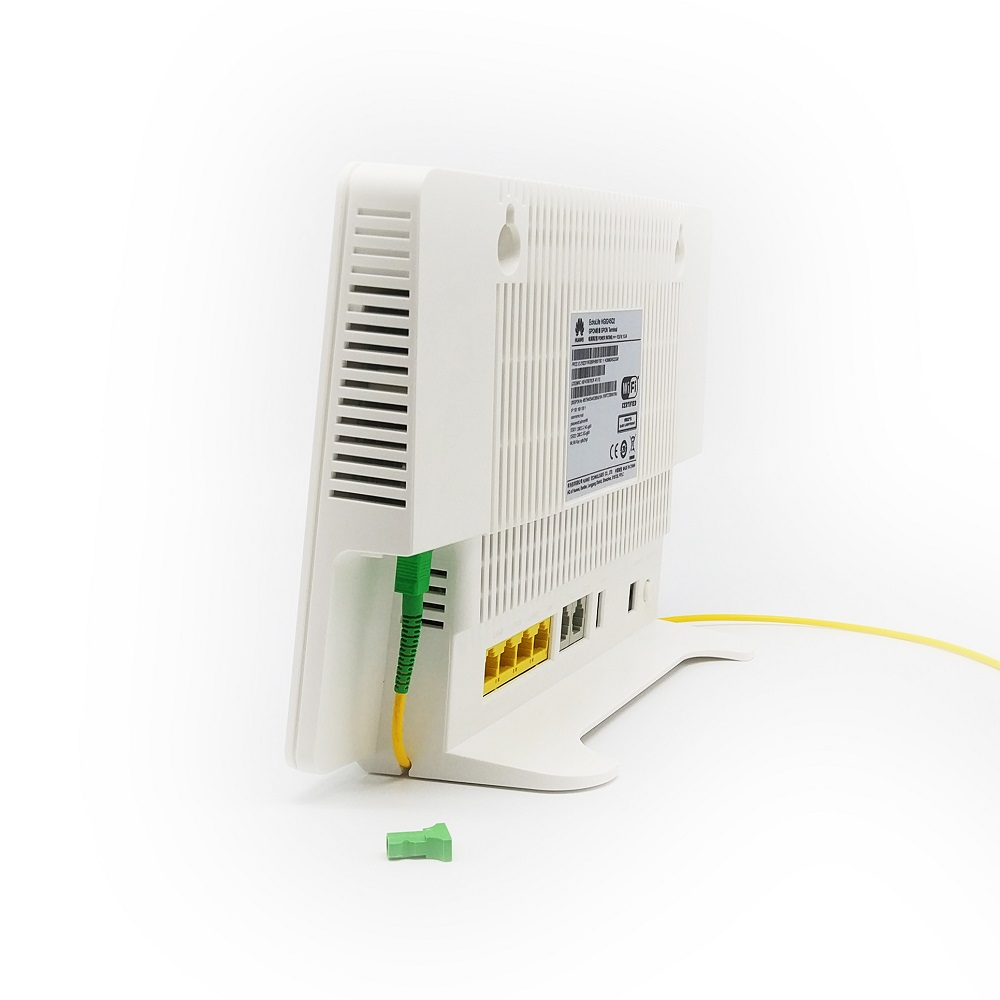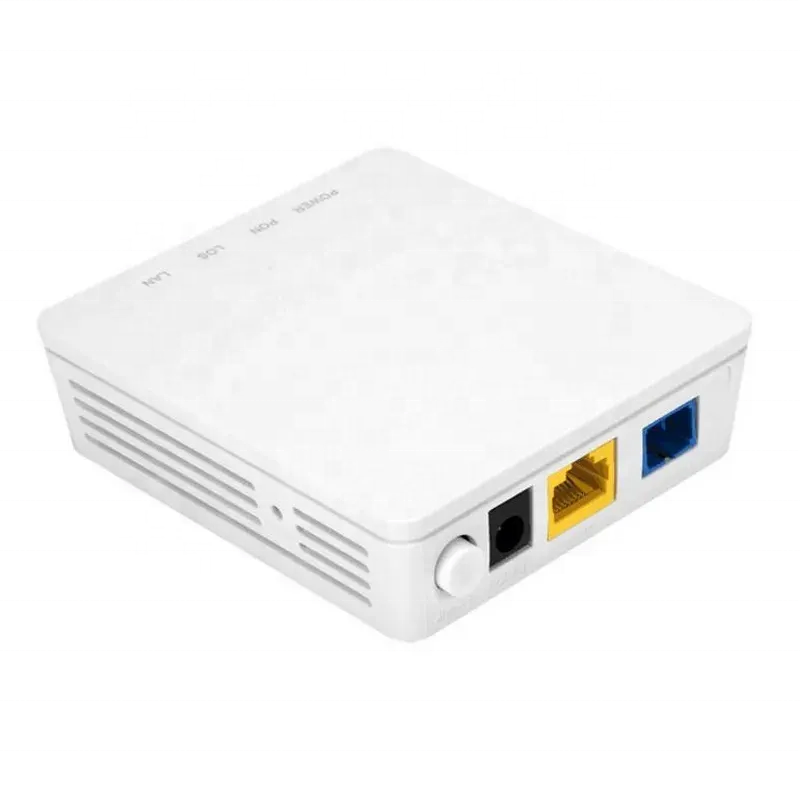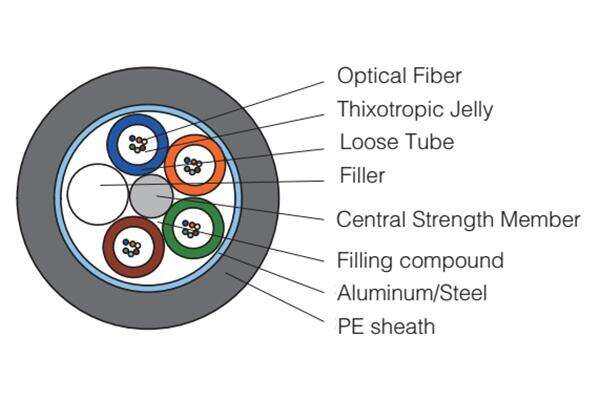communication cable price
Communication cable pricing represents a crucial aspect of network infrastructure investment, encompassing various factors that influence the final cost. These cables, essential for transmitting data and voice signals, come in different categories including fiber optic, copper, and coaxial cables, each with distinct price points. The pricing structure typically reflects material costs, manufacturing processes, performance capabilities, and market demand. High-quality communication cables feature advanced shielding technology, precise conductor arrangements, and durable outer jackets that protect against environmental factors. Prices vary significantly based on specifications such as bandwidth capacity, transmission speed, and signal integrity requirements. Modern communication cables incorporate innovative design elements that minimize signal loss and interference, directly impacting their market value. The pricing also accounts for compliance with international standards and certifications, ensuring reliable performance in various applications from residential networking to industrial communications. Manufacturers consider factors such as copper content, fiber quality, and specialized coating materials when determining prices. The current market shows dynamic pricing patterns influenced by raw material availability, technological advancements, and global supply chain conditions.


